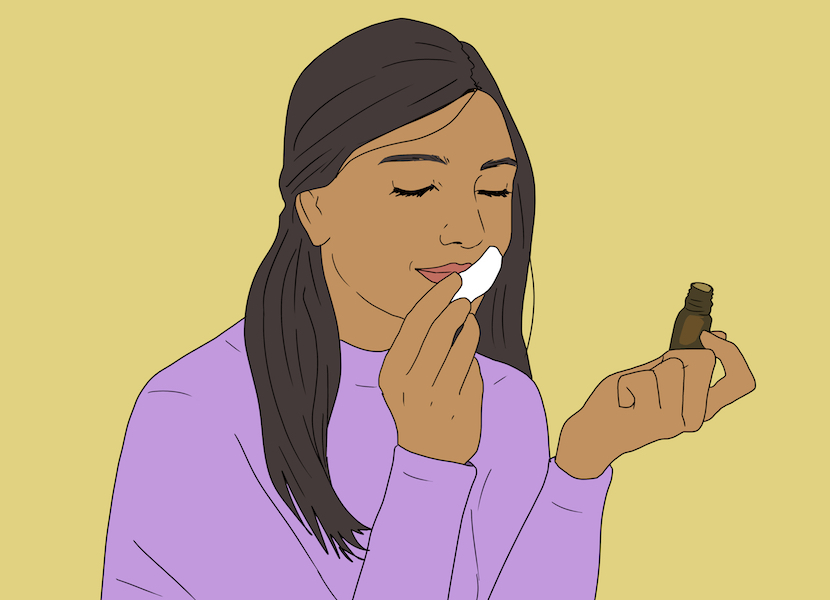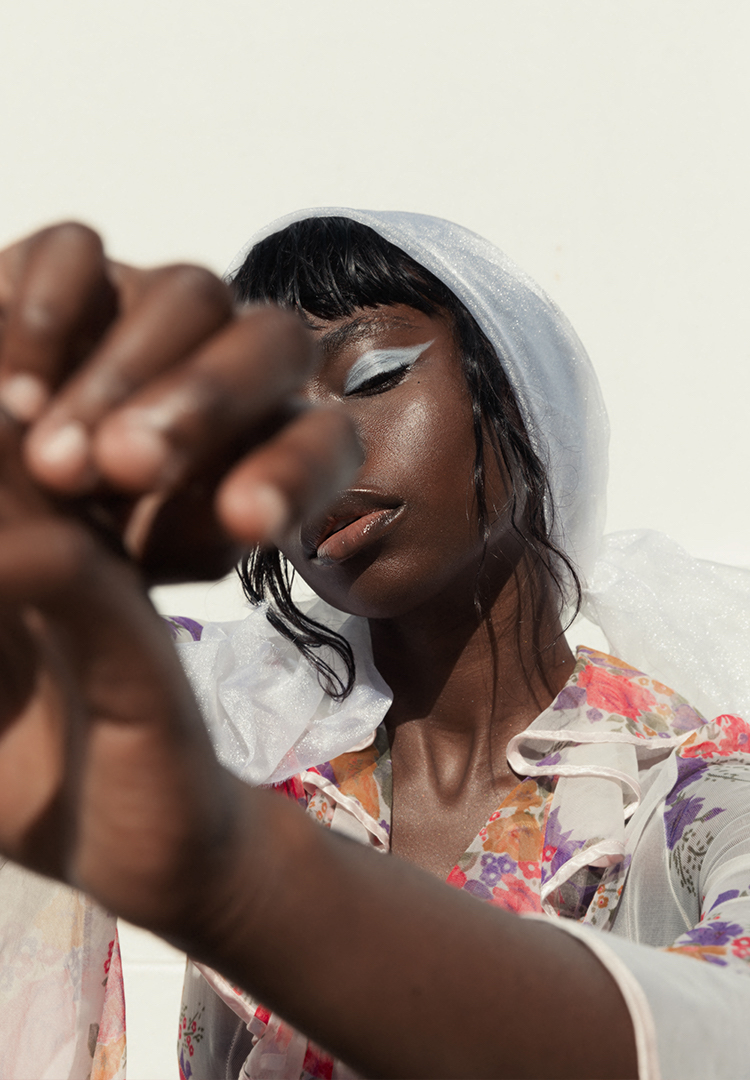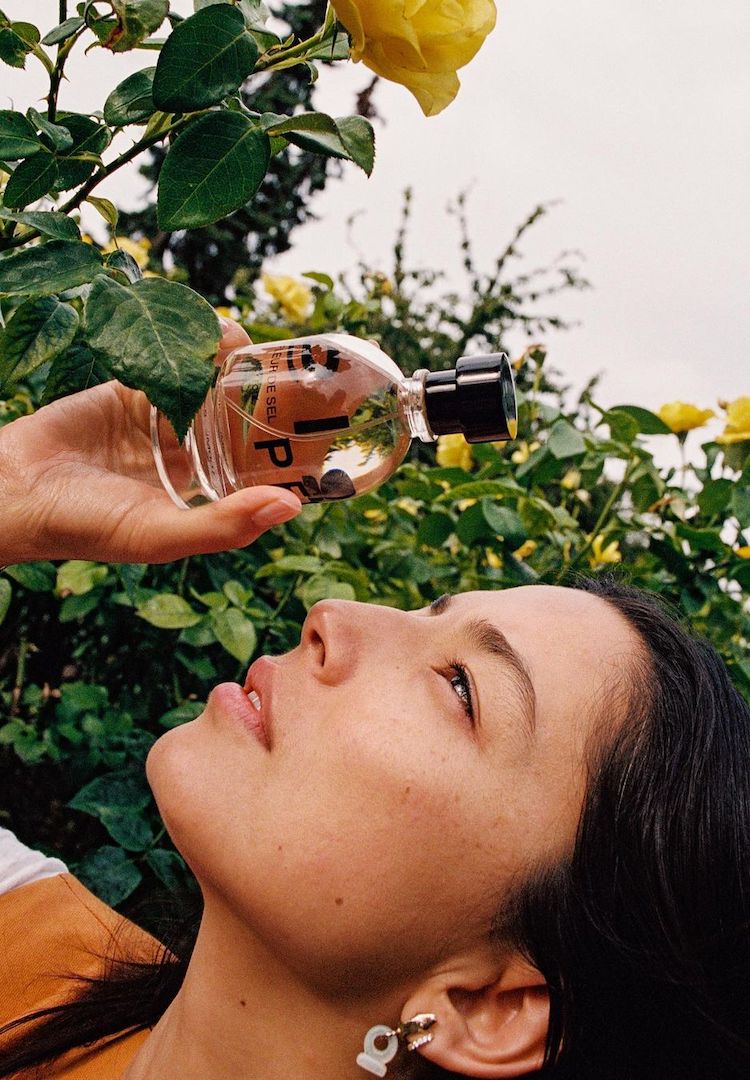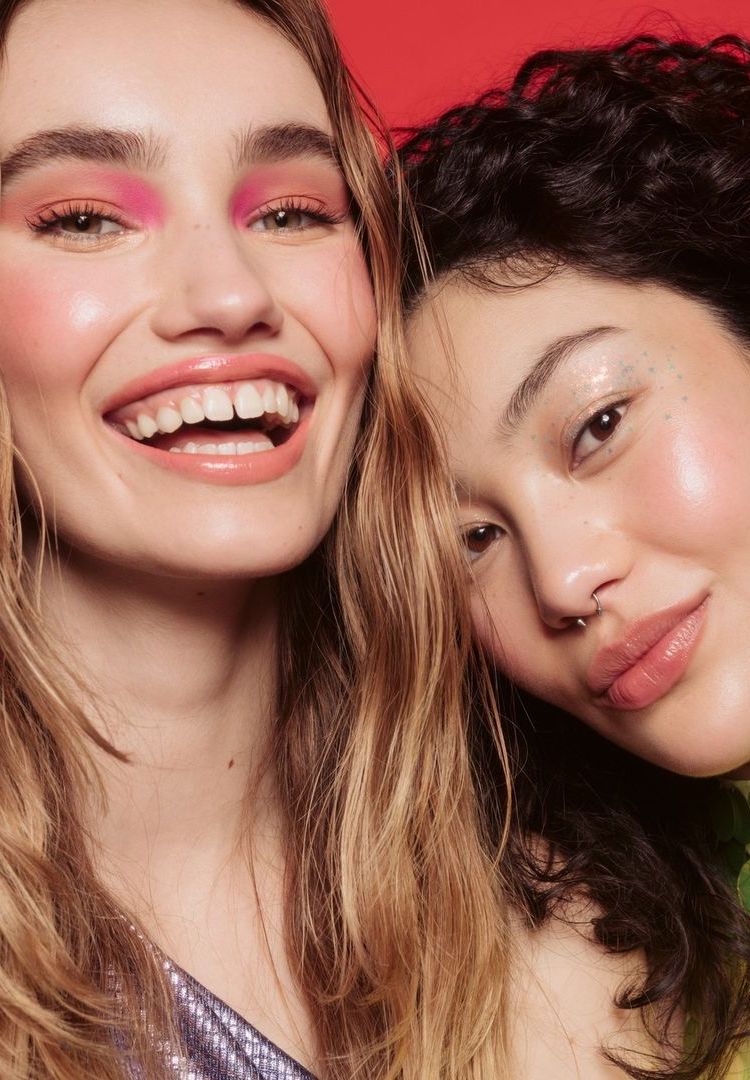A beginner’s guide to essential oils
Illustration by Twylamae
Breathe it in.
They were once a weird collection of liquids your hippy aunty kept on her bedside table, but now, essential oils are a wellness phenomenon. They are being praised for everything from boosting your Monday blues, to sending you into a deep sleep filled with dreams of Ryan Reynolds.
But for most of us, essential oils are still kinda confusing. How do we know which oil to pick for our specific problem? Why are we mixing all sorts of oils and how do people know how to mix them? Do we drink them, roll them, put them in our eye?
Thankfully, Mark from Essential Flow has all the answers when it comes to blending our own. Essential Flow is a Melbourne-based community that travels all over the globe teaching people how to use essential oils in everyday life and is a supplier of the much-loved doTERRA brand, so naturally, they are masters.
What’s so good about oils and why should we get into blending them?
Essential oils have a variety of uses thanks to the composition of the oils. They contain numerous aromatic compounds that interact with various areas of the body. The vast number of these compounds means essential oils have wide-ranging uses and can be used to target specific conditions.
What’s all this nonsense about top, middle and base notes?
Oils are divided into “note” categories (a bit like perfume). Explained simply, top notes have the strongest aroma, middle notes less so and base notes are weaker again. So it’s really about the strength of the aroma.
What are the main note groups we need to know?
This is easy as there’s not too many to remember. The main groups are Floral, Citrus, Woody, Spicy, Herbaceous and Minty.
What are your best tips for complete essential oil newbies?
There are five things to keep in mind:
- When starting out with a new blend, stick to 2-3 oils. Stick to Cirtus, Floral and Woody notes for a foolproof blend.
- Always write down which oils you are using. There’s nothing worse than coming up with an amazing blend and not remembering what it contains!
- Citrus oils are among the best to start with. They work with basically every other oil, plus they have great aromas
- Only use glass containers when using essential oils – plastic definitely not recommended
- The best part is, you can’t really make a mistake – experimenting is half the fun
If we could only pick five oils to start our at-home oils kit, what should they be?
If in doubt, use lavender – it’s great for sleep, relaxation, skin issues overall calming.
I would suggest lemon for freshness, mood boosting and when you generally need a lift.
Peppermint is a must for dealing with headaches, digestive issues and lowering fevers, but you can also keep it at work and smell it to get a hit of energy during a busy or stressful day.
Frankincense is a bit of an all-rounder and is good for clearing the mind, reducing brain fog, improving memory, lowering inflammation and improving skin, making it look younger and more vibrant.
Lastly, Tea Tree is great as it’s antibacterial and antiviral, so great for all fungal infections and acne.
Quickfire round. What are the best oils for…
- Sleep – Lavender
- Energy – Peppermint
- Cold and flu – Onguard blend
- Concentration – Peppermint
- Digestion – Peppermint
- Anxiety – Frankincense/lavender
How should we be using them?
There are a couple of different ways you can experiment with oils. One of the most common and effective methods is aromatic use, which is inhaling directly from the bottle or adding a couple of drops to a diffuser.
They can also be applied topically, however, dilution is recommended as some of the oils can be quite strong! Apply directly on the location or to pulse or reflex points.
Essential Flow offers workshops so you can get reeeeally into the whole essential oil vibe. Find out more and sign up here.










